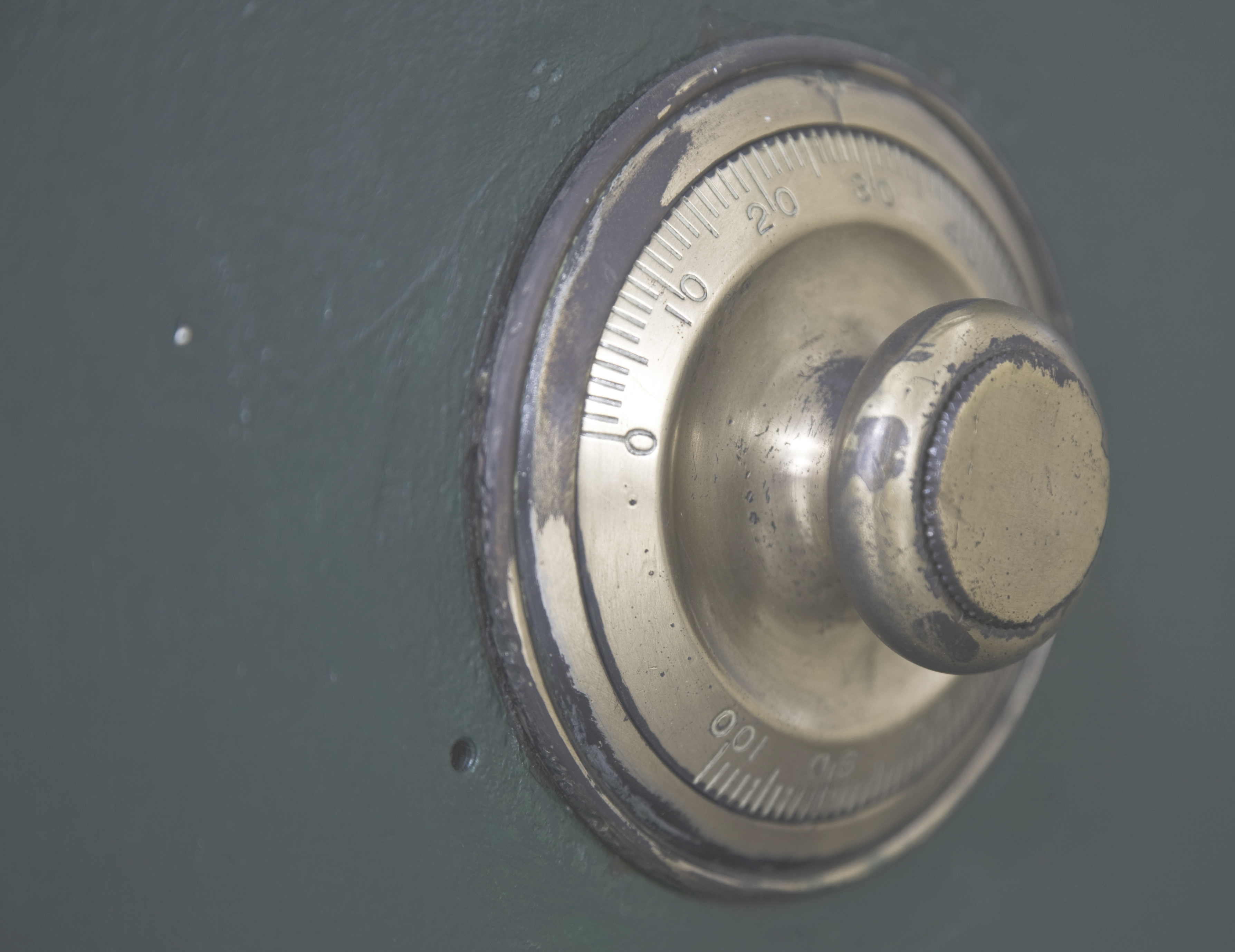Mistakes do happen. Unfortunately in the context of the long-standing and intricate nature of pension scheme documentation, mistakes can be costly.
In the case of Viavi Solutions UK Ltd v Viavi Solutions Pension Trustee UK Ltd, the High Court allowed rectification of a scheme rule that had erroneously introduced underpins to a pension increase rule. The Court granted an application for summary judgment in a claim to rectify the provisions of a deed which did not reflect the intentions of the principal employer and the trustees at the time of the deed.
The Issue
Rule 61.4 of the Trust Deed and Rules (1999 TDR) dated 15 September 1999 provided for increases in annual pension:
“(a) for that part of the pension which is attributable to Pensionable Service before 6th April 1997 3% per annum compound; and (b) for that part of the pension which is attributable to Pensionable Service after 5th April 1997 3% per annum compound (or, if greater, the annual rate of increase in the Index as determined at 1st September of the previous year up to a maximum of 5%).”
From an early stage it was identified that the 3% underpins were introduced in error. An amending page purporting to correct Rule 61.4(a) was signed by the trustees in November 2000 but was of no legal effect. In December 2001, a Deed of Rectification was executed by the company and the trustees which purported to rectify Rule 61.4(b) only.
Helpful guidance?
In considering the issues, the Court provided some helpful guidance for trustees on making a successful application for rectification where a mistake has been identified. The judge found that the facts in this case “amply reached the relevant evidential threshold” for rectification. In summarising the evidence in five stages the judge concluded that:
- the underpins did not exist prior to the 1999 TDR being executed. Historic governing documents, a scheme booklet and 1998 actuarial report all supported the trustees having power to provide discretionary increases only;
- there was no record of an instruction to the lawyer updating the 1999 TDR to increase the benefits to members;
- only two out of the six trustees provided evidence and only one director of the principal employer provided a statement. However, it was clear that considerable efforts were made to contact and obtain evidence from all relevant parties. In any event, given that the events took place so long ago, the Court thought it was hardly surprising that those who had provided witness statements had very little first-hand memory of the events. The director was able to say with some conviction that the instructions were merely to bring the rules up to date and there was no indication that further changes were required or instructions to the contrary given to the lawyer holding the drafting pen at the relevant time. As at the date of execution of the 1999 TDR there was no evidence to suggest that there was an intention to extend benefits to members by adding the underpins;
- shortly after the change was made (March 2000), emails were sent identifying the error and not long afterwards at a meeting of the trustees in April 2000, it was recorded that both limbs of Rule 61.4 were incorrectly drafted. After the 1999 TDR was executed, the scheme was administered and funded on the basis that it was not subject to the underpins; and
- as mentioned above, efforts were made to correct the error in November 2000 and December 2001. While these steps were deficient for various reasons, they provided “the best possible evidence of the intention of both the company and the trustees” to rectify the position.
What does this mean for trustees?
Whilst the ideal is to avoid mistakes in the first place – no one is immune from drafting errors or a breakdown in communication between key stakeholders in the decision making process.
Trustees should take note of this important decision and where possible seek to mitigate the potential effects of any mistakes by: (i) making sure instructions are recorded diligently and carefully so that the intention of all parties is clear; (ii) ensuring minutes are properly documented and stored electronically for easy access in the future – paper trails are essential: (iii) having advisers review their relevant sections of minutes to ensure accuracy in recording advice and decisions; and (iv) acting quickly and effectively where mistakes are identified.
Applying the above principles will give trustees the best chance of successfully obtaining rectification should the need arise in the future.








